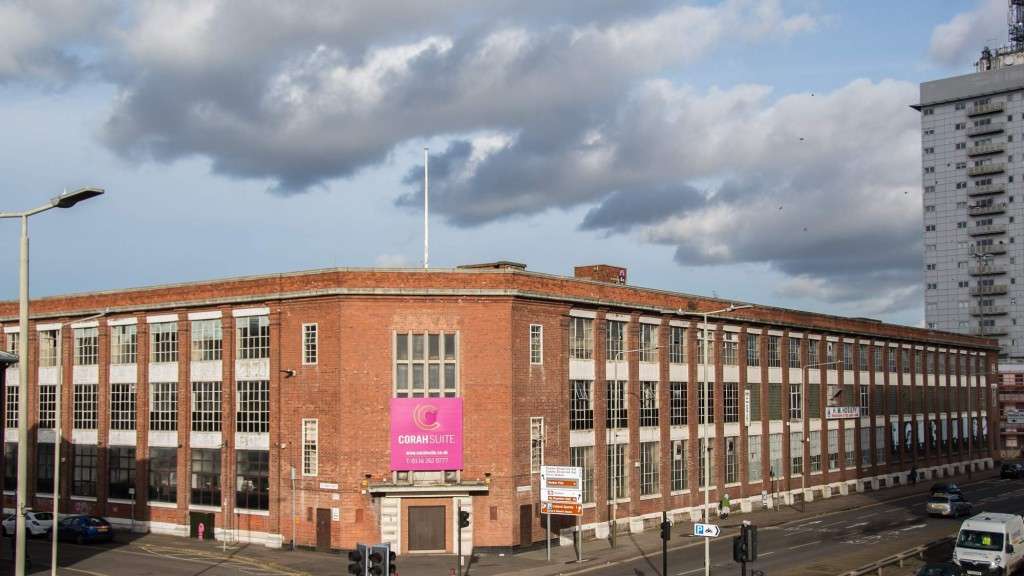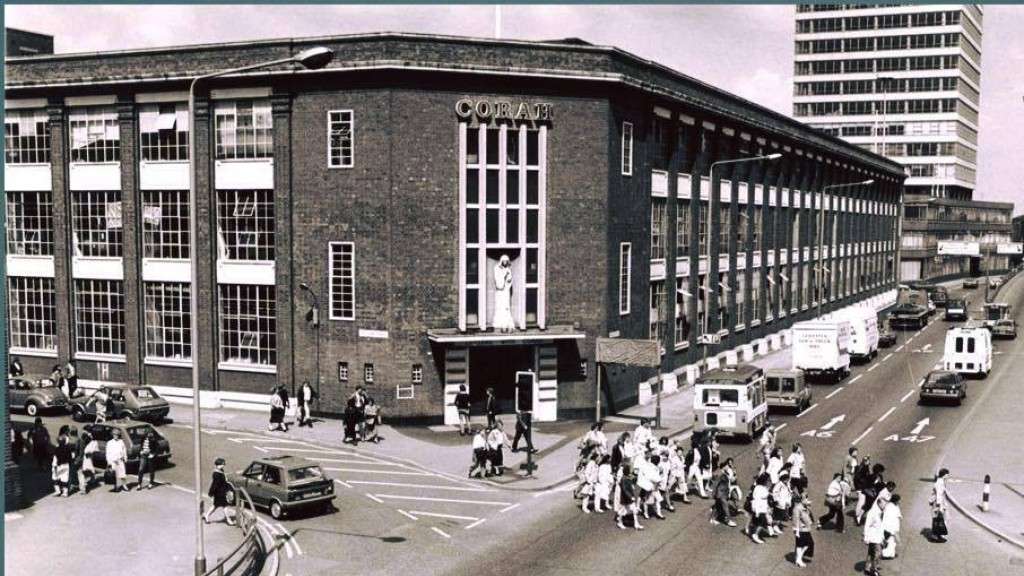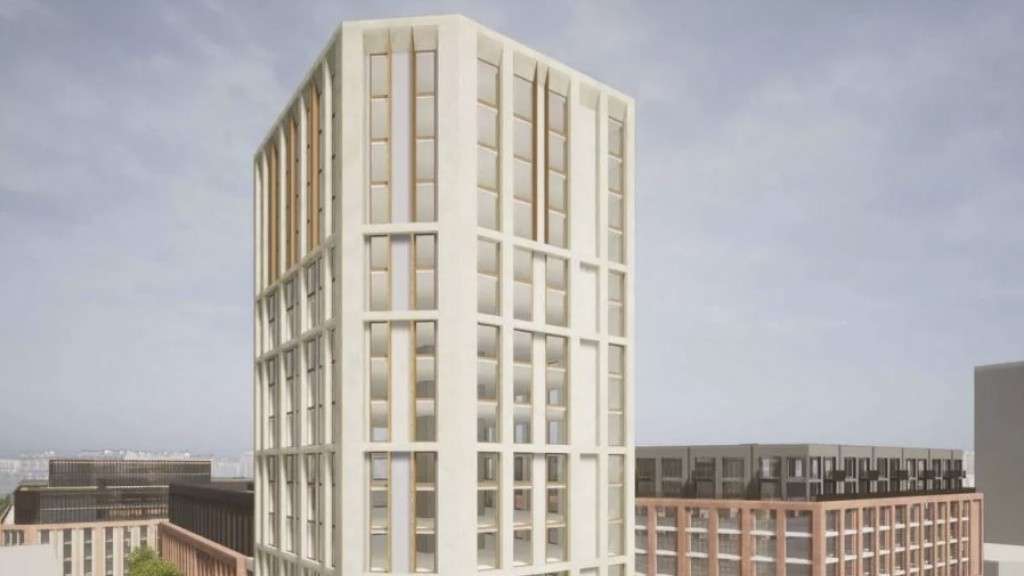SAVE calls for sustainable reuse of famous Leicester factory
29th February 2024
SAVE Britain’s Heritage has strongly objected to proposals for the almost complete demolition and redevelopment of the historic Corah Factory in central Leicester.
The planning application submitted by Cityregen Leicester Limited and Galliford Try Investments seeks to demolish the former factory, excluding two chimneys and the façade of the 1865 Old Textile Building, and construct in its place a 6-storey building to provide 45 dwellings. Outline permission is sought for the construction of further 1,100 dwellings housed in buildings up to 18 storeys tall.
Originally known as St Margaret’s Works, the Corah Factory was constructed in 1865-66 for hosiery and knitwear firm Thomas Corah & Sons to designs by William Jackon and was further expanded in multiple phases in the early 20th century. This distinctive industrial complex soon became Britain’s largest hosiery factory, one of the three key industries that shaped Leicester’s economic growth in the mid-19th and 20th centuries. The factory, which was one of the largest of its type by volume and footprint, survives remarkably intact today and occupies a prominent plot within the city centre.
SAVE’s objection goes alongside those from the Twentieth Century Society and Leicester Civic Society, and calls for the sustainable redevelopment rather than demolition of the former factory site to meet housing needs. The factory occupies a strategically important location within Leicester’s city centre and presents an unique opportunity for a heritage-led, sustainable regeneration scheme which celebrates the city’s industrial past and historic development. The Government’s heritage advisor Historic England has also raised concerns about the far-reaching harm the proposals would have on the city’s historic character.
In contrast, the demolition of the site as proposed under the current plans would sever these historic links. The 18 storey tower proposed would overshadow and dominate the setting of the city centre and nearby heritage assets, including the grade I listed St Margaret’s Church, compounding the already significant harm which would be caused by the almost total loss of this impressive factory. The scheme also represents a significant and unjustified embodied carbon footprint, making it further unsustainable in environmental as well as heritage terms.
You can object to the application by adding your comments here (or by using planning reference no. 20220709)
Read SAVE’s letter of objection here.
ENDS
Notes to editors:
1. For more information and images contact Elizabeth Hopkirk: elizabeth.hopkirk@savebritainsheritage.org / 020 7253 3500.
2. SAVE Britain’s Heritage is an independent voice in conservation that fights for threatened historic buildings and sustainable reuses. We stand apart from other organisations by bringing together architects, engineers, planners and investors to offer viable alternative proposals. Where necessary, and with expert advice, we take legal action to prevent major and needless losses. Our success stories range from Smithfield Market in London and Wentworth Woodhouse stately home in Yorkshire, to a Lancashire bowls club and the Liverpool terraces where Ringo Starr grew up.



